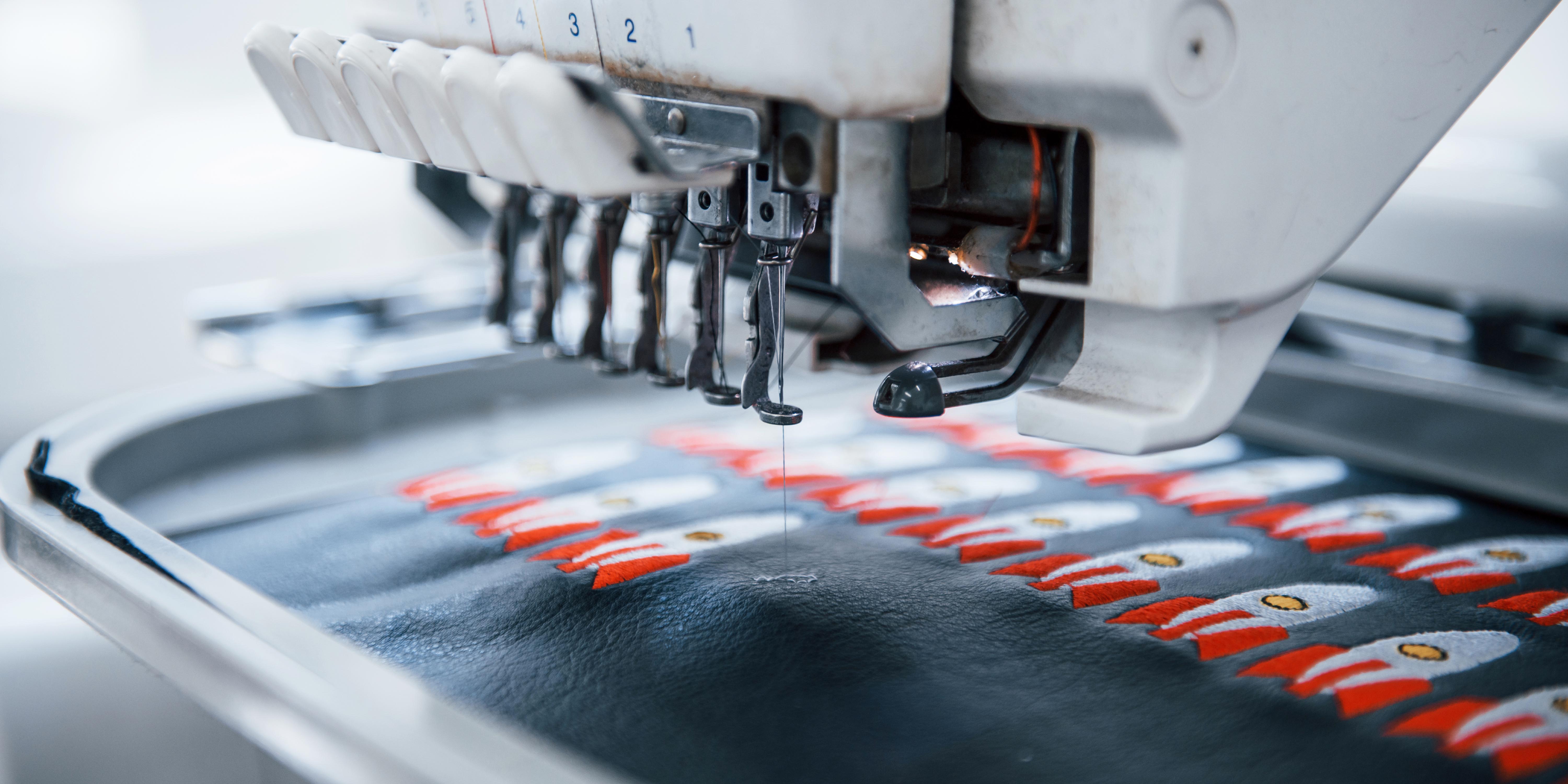- Home
- Blog
- Print Work Column
- Introduction to Common T-Shirt Printing Techniques: Which One is Best for Your Needs?
Introduction to Common T-Shirt Printing Techniques: Which One is Best for Your Needs?

When designing T-shirts, selecting the right printing technique is crucial for achieving the desired final result. Each T-shirt printing method has its unique advantages and application scope. Understanding their characteristics will help you choose the most suitable printing method for your needs. This article will introduce several common T-shirt printing techniques to help you make an informed decision.
1. Screen Printing
Screen printing is one of the most common and cost-effective T-shirt printing methods, especially suitable for mass production. This method involves passing ink through a mesh screen onto the T-shirt, achieving vibrant and long-lasting designs. Screen printing is ideal for large orders and can print simple or multi-color designs.
Application Scope:
- Large batch orders
- Simple designs or logos
- Long-lasting team uniforms
2. Heat Transfer Printing
Heat transfer printing uses high temperature to transfer pre-designed images from paper or film onto the T-shirt. This technique is suitable for small batch printing needs, particularly for customized or personalized T-shirts. It can achieve complex multi-color designs but is less durable than screen printing.
Application Scope:
- Small batch or personalized customizations
- Complex designs or gradient color patterns
- Shorter usage cycles
3. Direct-to-Garment (DTG) Printing
Direct-to-Garment (DTG) printing is a digital printing method where designs are directly printed onto T-shirts. This method allows for detailed designs and gradient effects. It is ideal for small orders and enables quick personalized designs, but the cost is higher for large batch printing.
Application Scope:
- Complex and detailed designs
- Small batch orders or personalized requests
- Quick turnaround times
4. Embroidery
Embroidery involves stitching thread into the fabric of the T-shirt. This technique is commonly used for logos and lettering on corporate and team uniforms. Embroidery provides a high-quality and durable finish, suitable for small-scale designs like on collars, cuffs, or the chest area.
Application Scope:
- Small-scale designs
- High-quality team uniforms intended for long-term use
- Letters or simple patterns
Conclusion
Choosing the right T-shirt printing technique can help you achieve your desired results, whether it's cost-effective mass production or high-quality small batch customizations. Understanding the advantages and application scope of each printing technique allows you to make the best choice based on your specific needs.
Whether you choose screen printing, heat transfer printing, DTG, or embroidery, understanding the context in which each printing method is most effective will ensure that your T-shirt designs achieve the best results and meet your personalization requirements.
Article Classification
Recent Articles
- A Detailed Guide to the Custom Teamwear Process: From Order to Delivery
- How to Calculate the Cost of Custom Teamwear? A Comprehensive Guide to Quotation Process
- Introduction to Common T-Shirt Printing Techniques: Which One is Best for Your Needs?
- Color and Pattern Matching Tips for Team Apparel Design
- 5 Key Elements You Need to Know Before Customizing Team Apparel


